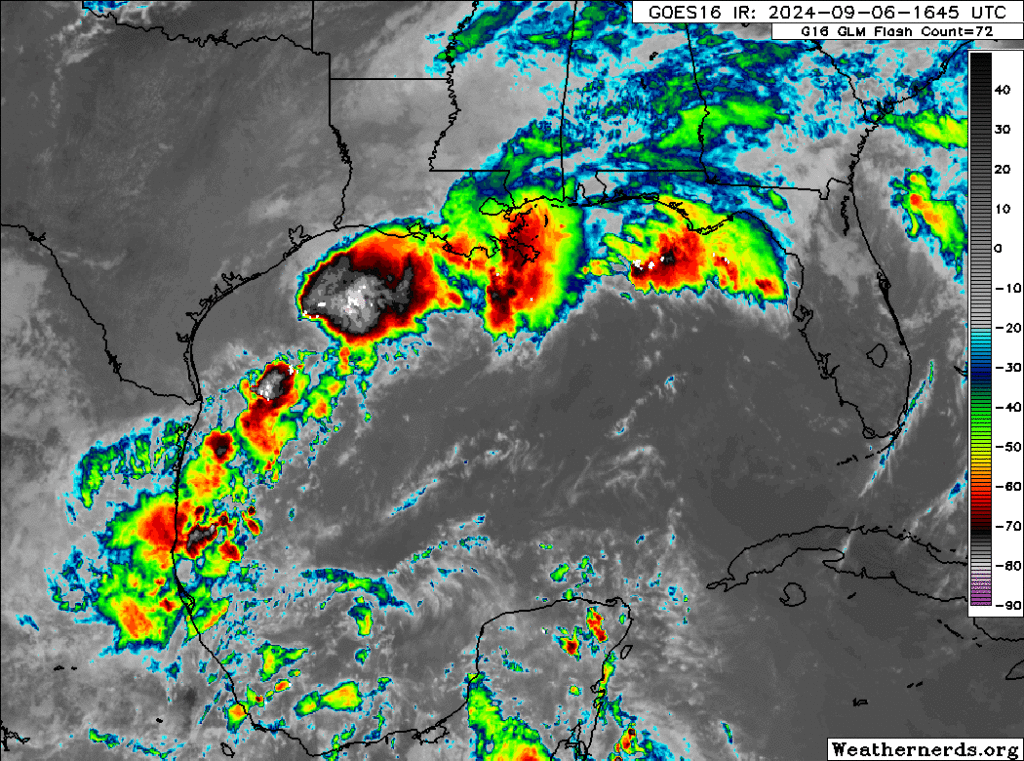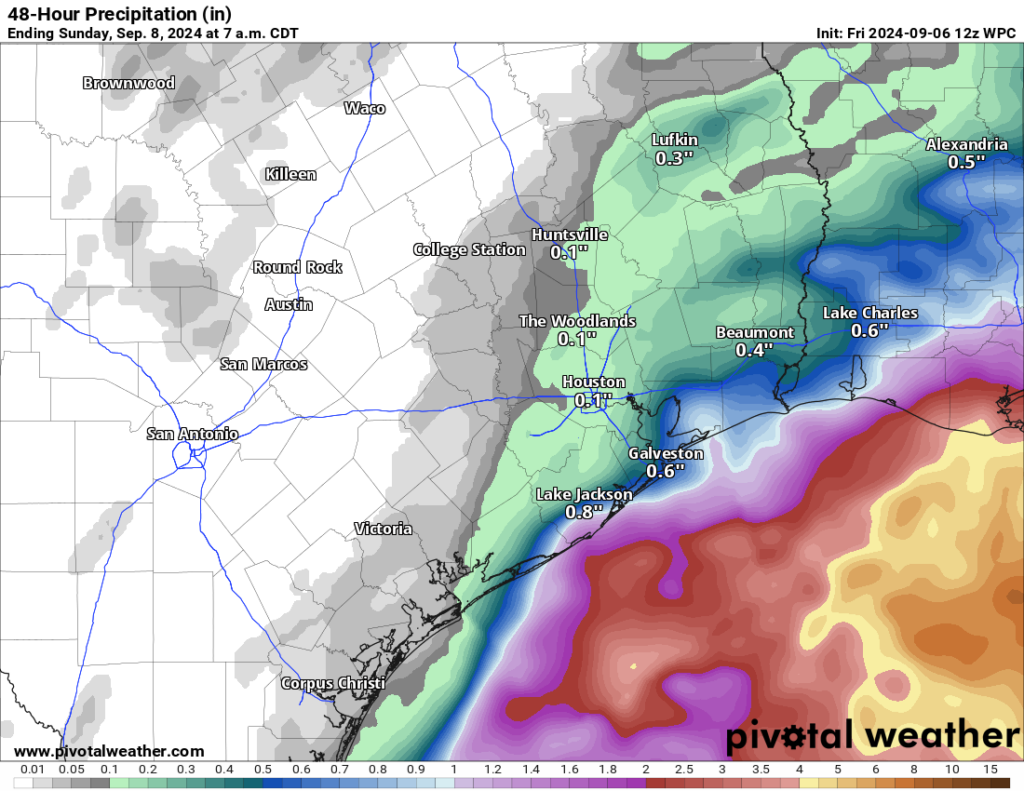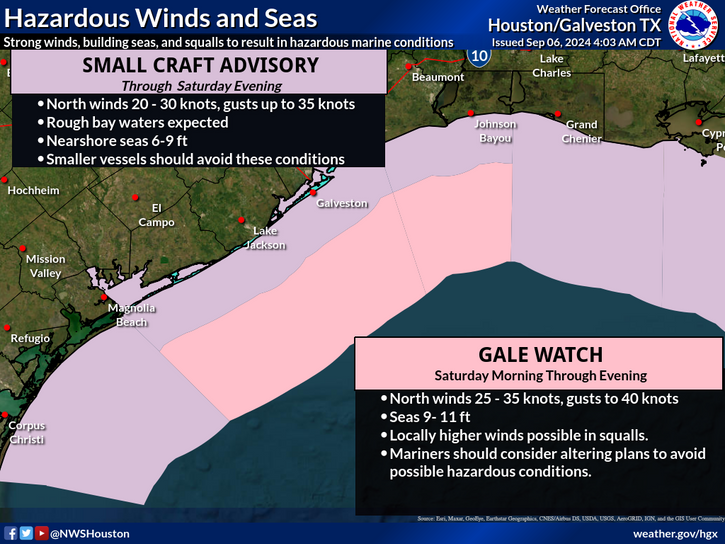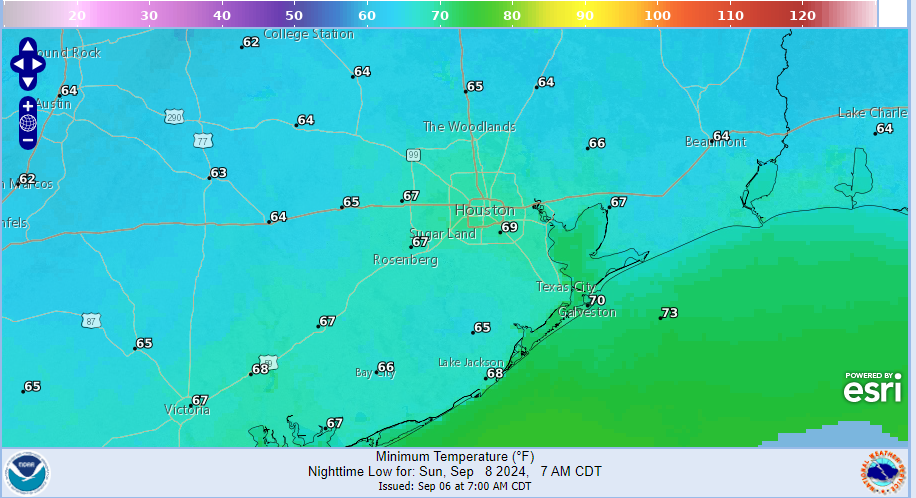In brief: A tropical storm is likely to form just off the Texas coast within a couple of days, and it could bring some rains and winds to Houston on Tuesday and Wednesday. How impactful the storm is will depend on how close to the Texas coast it gets. For now, we are leaning toward far enough offshore to avoid significant disruptions in Houston. But the forecast is not locked in.
All of our available data continues to point toward the formation of a tropical storm in the western Gulf of Mexico within the next 48 hours or so. Our confidence is pretty high that by around the Tuesday afternoon to Tuesday night period this system will be positioned 50 to 150 miles offshore the Texas coast, about due east of the mouth of the Rio Grand River.
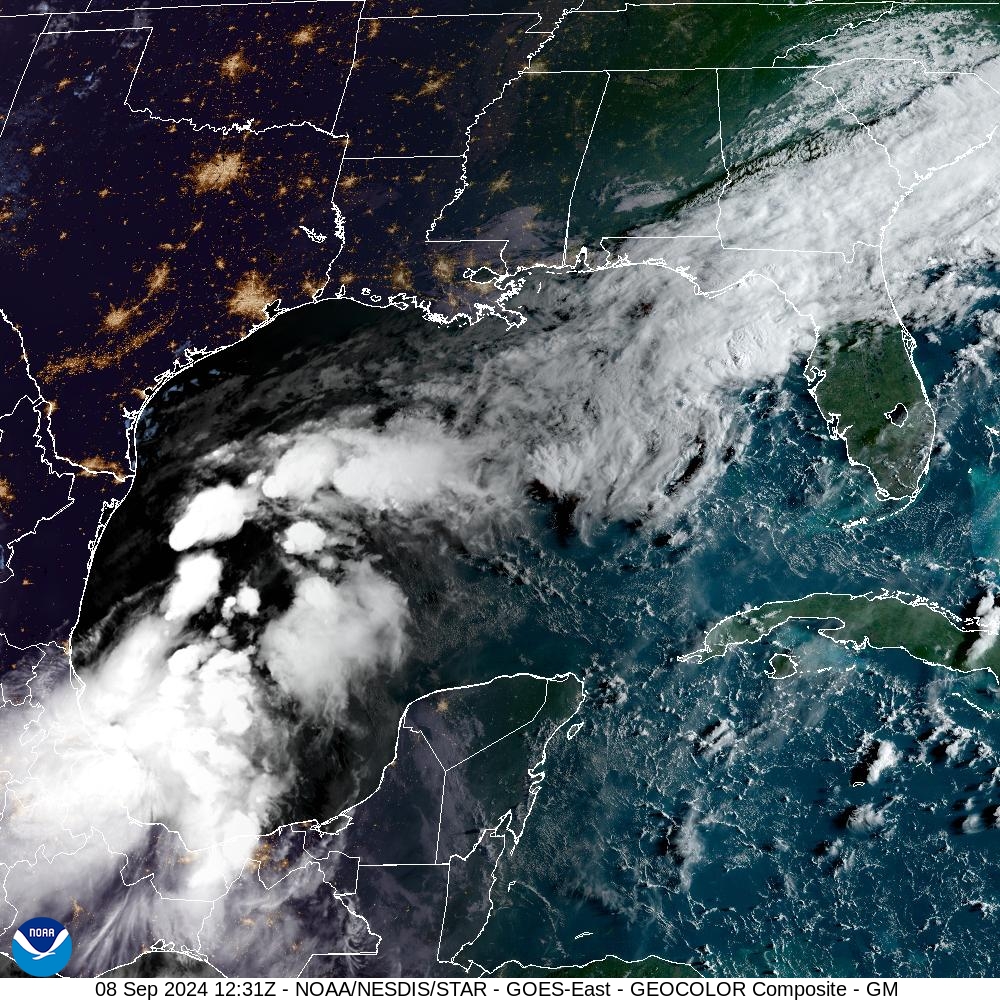
The question for Houston is, what happens after that?
Over the last several runs, we’ve seen better model agreement in those outcomes. So while I’m not ready to say this is a high-confidence forecast, I do feel as though it is fairly likely to occur. By Wednesday the storm will probably be moving more or less parallel to the Texas coast, to the north-northeast. Then by Wednesday evening or Thursday, the system—most likely a tropical storm, but it’s impossible to rule out strengthening into a hurricane—would make landfall somewhere in southwestern Louisiana.
This forecast can change, and indeed anyone who has followed tropical weather knows to expect the unexpected. Additionally, this area of low pressure that we’re talking about remains a fairy disorganized mass of showers and thunderstorms in the southern Gulf of Mexico as of Sunday morning. The accuracy of the models should increase as a center of circulation forms today and Monday. However, at this time all of our guidance is pointing to a scenario in which this tropical system gets fairly close to the Texas coast, but then remains offshore as it moves to the northeast.
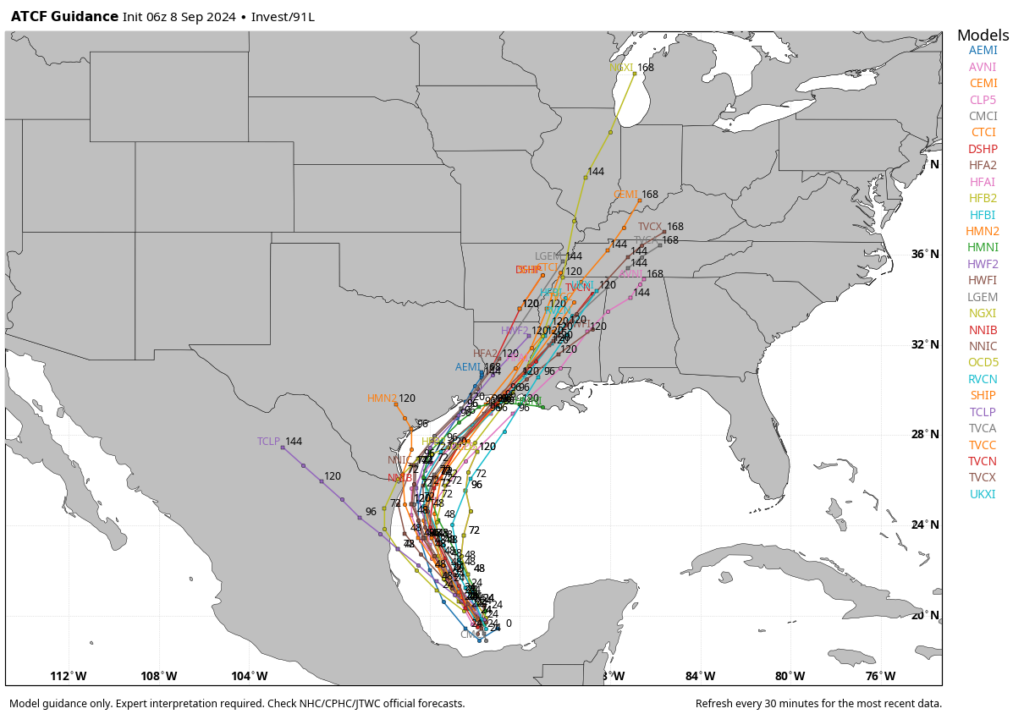
Ok, with those caveats aside, what happens in Houston under such a scenario? Basically the same areas that saw a lot of rain last week are going to see more rainfall. That is, coastal counties will be most at risk for heavy rainfall, with the possibility of picking up an additional 3 to 6 inches. This forecast remains highly dependent on how close the tropical system passes to Houston, of course. A storm closer to shore would nudge the heavy rainfall into all of the Houston metro area, and a storm a bit further offshore keeps the heavy rain away from even places such as Galveston Island.
As for winds and seas, with the storm offshore, the worst of these effects would be to the east of the center. Therefore, while winds and seas should increase along the upper Texas coast, with the current forecast they would not be anything extraordinary. We’re talking something like wind gusts of maybe 30 to 35 mph right along the coast, with lesser winds inland; and tides 2 to 3 feet higher than normal. Remember, both of these effects are very much tied to the track of the storm, so precise forecasts are impossible at this time.
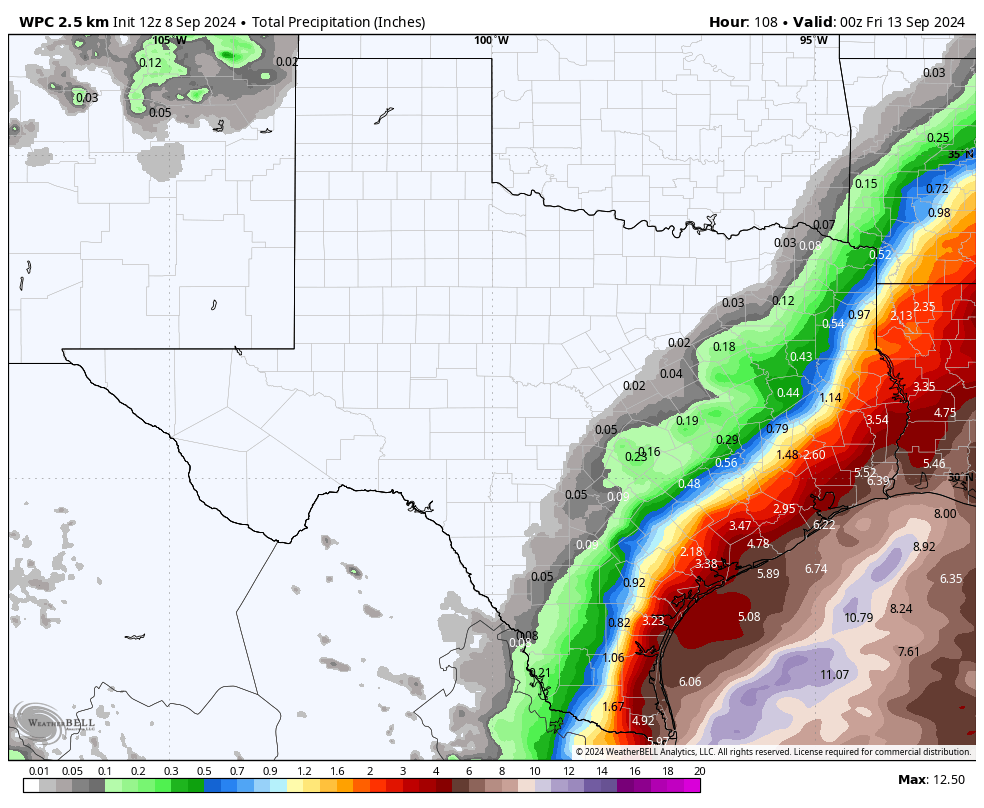
In terms of timing, the most impactful days for Houston’s weather will probably be Tuesday and especially Wednesday.
The bottom line is that, right now, we don’t anticipate major impacts in the Houston area from this tropical system. That could, of course, change. If it does we’ll let you know as soon as our thinking changes. Expect another post later today, from Matt, on the latest forecast and a broader look at impacts for the Texas and Louisiana coasts.





